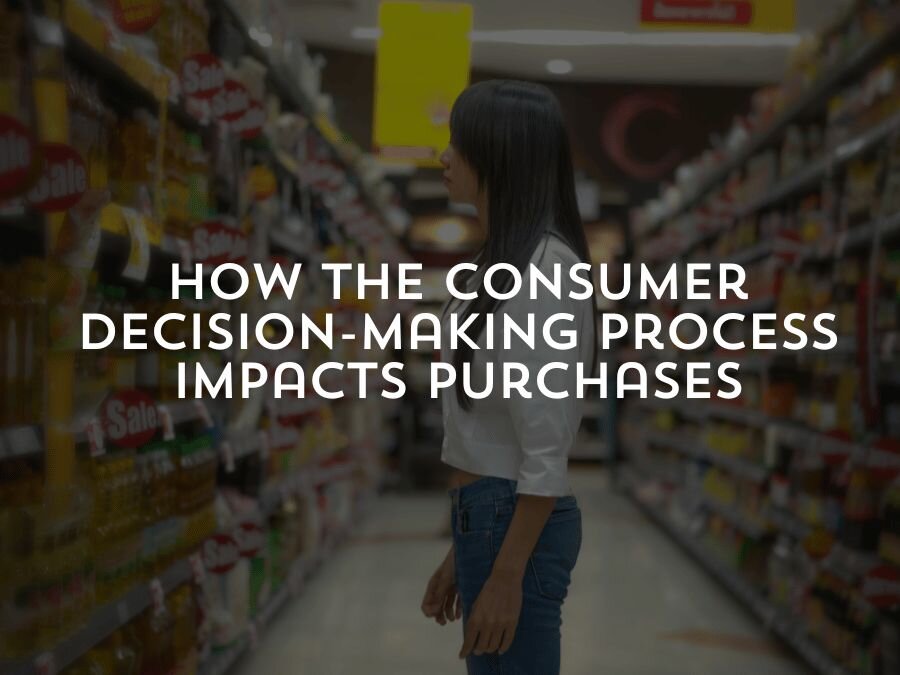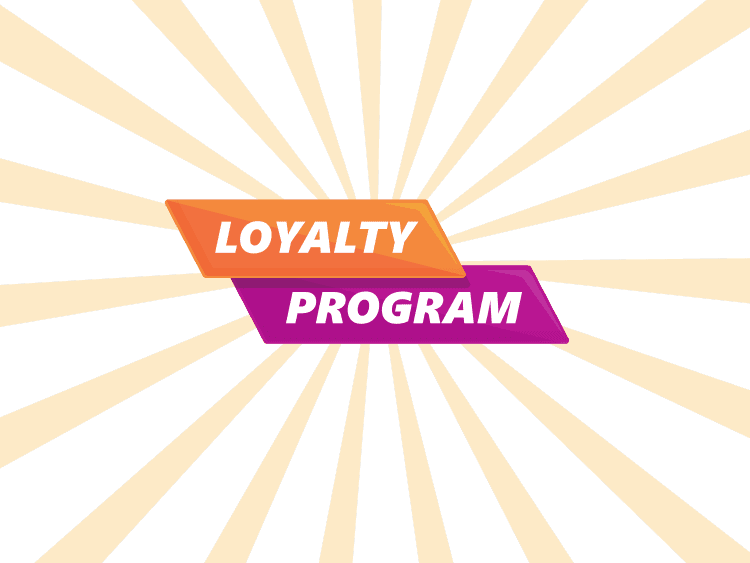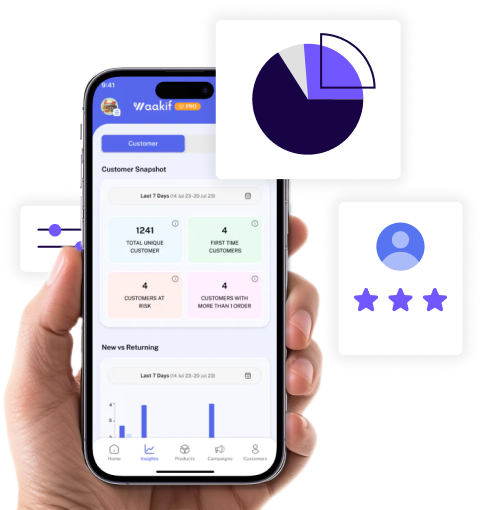In this blog, we’ll take a look at the different stages of the consumer decision making process and how it impacts your purchases.
Have you ever wondered,
- What influences you to purchase products or services as a consumer?
- What leads to a decision to buy only certain products?
- Wherever you go shopping, you must have purchased something you don’t even need.
- Why couldn’t you resist buying and end up purchasing things that are not necessary?
That’s because of the consumer decision making process that influences your purchases. The consumer, as in you, goes through different stages before and after buying products. Every business needs to understand these stages. This understanding helps businesses market their products to the right audience and boost sales ultimately gaining loyal customers.
Consumer Decision Making Process
The consumer decision making process, also known as the buyer decision process, is the different steps that consumers follow before and after purchasing products and services. This helps businesses recognize what steps consumers go through before and after ultimately purchasing the products or services.
The consumer decision-making process involves 5 predefined stages:
1. Identifying the Need: Identifying and acknowledging the need of purchasing
2. Information Search: The gathering of information and research about their potential purchase
3. Evaluation of Alternatives: Comparison with similar offerings but different sellers
4. Final Purchase Decision: The ultimate decision of purchasing
5. Post-Purchase Evaluation: The consumer’s evaluation after purchasing
All 5 stages play a vital part in forming the ultimate consumer decision. Understanding consumers’ buying process is critical for marketing and sales of businesses.
Stage 1: Identifying the Need
The very first stage in the buyer decision process is identifying the need. The realization of the need for a product or service can be prompted due to internal stimuli (Hunger, mood change, boredom, nostalgia) or external stimuli (advertisements, social media, surroundings influence). The consumer can also be influenced by the ads that bring their attention to the problems the consumer never recognized and by emphasizing on attractive features and benefits of the product.
For example,
- Internal Stimuli – A consumer may feel nostalgic about his childhood’s favorite food and buy it.
- External Stimuli – A consumer may see an advertisement about a product and decide to replace the old product with the new one.
Stage 2: Information Search
After identifying the needs and problems, the next up is searching the information about the product or service. The consumer can accumulate information from different sources about the potential product or service that helps their decision-making process. The sources can be:
- Community: Inquiring from Friends, Family, Relatives and Co-workers
- Commercial: Checking Advertisements, Social Media and Brochures
- Open Sources: Researching Articles, Blogs, Reviews, and available Ratings
To sell products or services, businesses should ensure that consumers can easily find them. Through social media marketing, campaigns, SEO-optimized articles on the website page, and Google Reviews, businesses should be visible to consumers. Engaging with consumers and understanding their requirements can help you enhance your business.
Stage 3: Evaluation of Alternatives
Now the consumer moves to the next stage which is the evaluation of alternative products or services. Consumer assesses based on certain standards such as:
- Rate: Consumer compare the rates to fit their budget
- Quality: The product is evaluated for its reliability and longevity
- Attributes: The attributes are beneficial and satisfying or not are checked
- Brand Image: The consumer assesses whether the brand image is reliable or not
Businesses should form a unique and attractive brand identity to stand apart from competitors by engaging with customers and offering discount prices and loyalty points. The businesses should have unique selling propositions (USPs) to attract consumers and purchase their products or services.
Stage 4: Final Purchase Decision
Finally, at this stage, the consumer decides which product to purchase or not purchase anything at all. This stage is impacted by several aspects:
- Advertising and Offers: Limited-duration offers can form an imperativeness and encourage consumers to purchase their products or services.
- Social Influence: The consumer’s decision can be impacted by friends, family, relatives and co-workers suggestions.
- Accurate Timing: By providing products or services to consumers accurately during festivities, vacation time can affect consumer’s decisions.
The right salesperson can do wonders and can easily influence the customer to purchase their products or services. Businesses should make certain that the staff is cooperative and communicative enough to determine the sales. Staff should be polite, and helpful and provide extraordinary services by offering personalized suggestions and rewards. This ensures that consumers are satisfied to purchase your products or services.
Stage 5: Post-Purchase Evaluation
This is the most crucial stage for any business as it determines its brand value and customer satisfaction. If the consumer is content with your products or services then it leads to positive feedback, word-of-mouth marketing, and customer loyalty resulting in impacting and boosting your business. But if the consumer is dissatisfied then your product or service will have negative reviews leading to consumers not trusting your brand again in the future.
To build your business, and maintain brand identity and loyal consumers, you must ensure that you gain consumers’ trust. You can provide easy return policies, loyalty programs, and customer support to form a long-term consumer relationship and enhance your business.
Also Read: How to start a cloud kitchen business? A Complete Guide
Impact of Each Stage on Consumer Purchases
All the 5 different stages impact the consumer purchases. Businesses must recognize this journey which affects consumer purchases. By identifying the need, searching for the information, evaluating the alternatives, finally purchasing, and then post-purchase evaluation, all of these impact consumers’ decision-making process effectively. This entire consumer decision-making process is a journey that results in consumers’ repeat purchases and forming Brand Image.
Effective Business Strategies
To coordinate and align with the consumer decision-making process, businesses should follow these effective strategies:
- Identifying the Need: The requirements that consumers fail to see in a product or service should be advertised by your Business.
- Information Search: Use your business’s social media accounts to promote your product or service. Write SEO-optimized articles, advertise through content marketing, and optimize your Google My Business Page
- Evaluation of Alternatives: Make sure to mention your USPs to distinguish yourself from competitors.
- Final Purchase Decision: The pricing and offers of your product or service should be attractive to draw consumers
- Post-Purchase Evaluation: Ensure through a follow-up that the consumer is satisfied with your product or service
To ensure that consumers return for repeat purchases, Businesses should form a positive brand identity by following the above strategies. Apart from the above techniques, you should make certain that the transactions are smoother and you provide high-quality services to satisfy consumers.
Many successful businesses like Samsung, Reliance Market, Haldiram, and McDonald’s have been able to draw and retain customers by comprehending and understanding consumer decision-making processes.
To Sum Up
In today’s digital and ever-evolving age, businesses need to understand and analyze the consumer decision-making process to effectively grow their business. Businesses should be able to comprehend this journey and efficiently use marketing strategies that are beneficial and satisfying for both, consumer and business, resulting in repeat purchases and boosting business. This can contribute to impacting customers, increasing sales, and building brand reputation.








